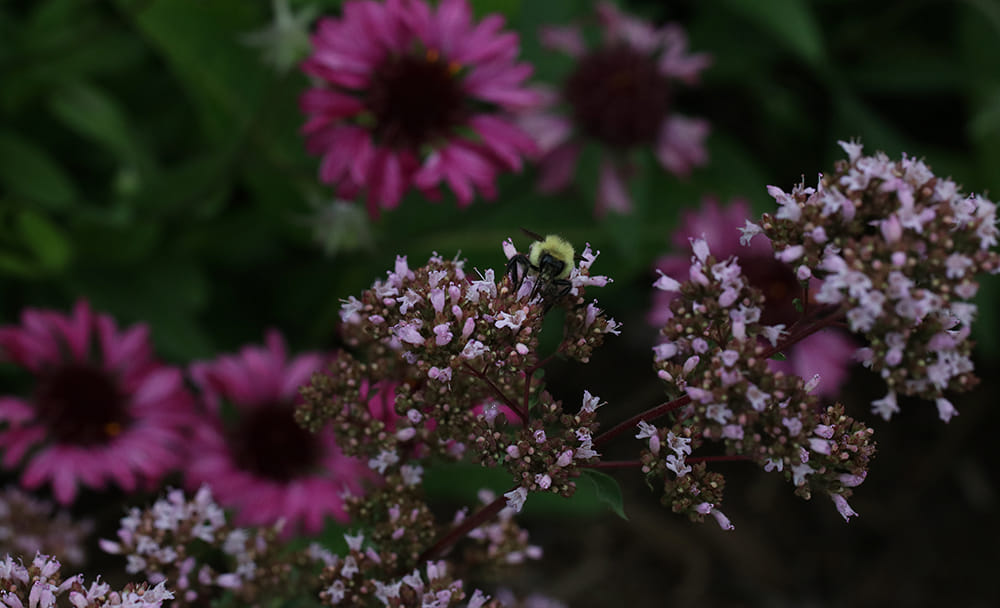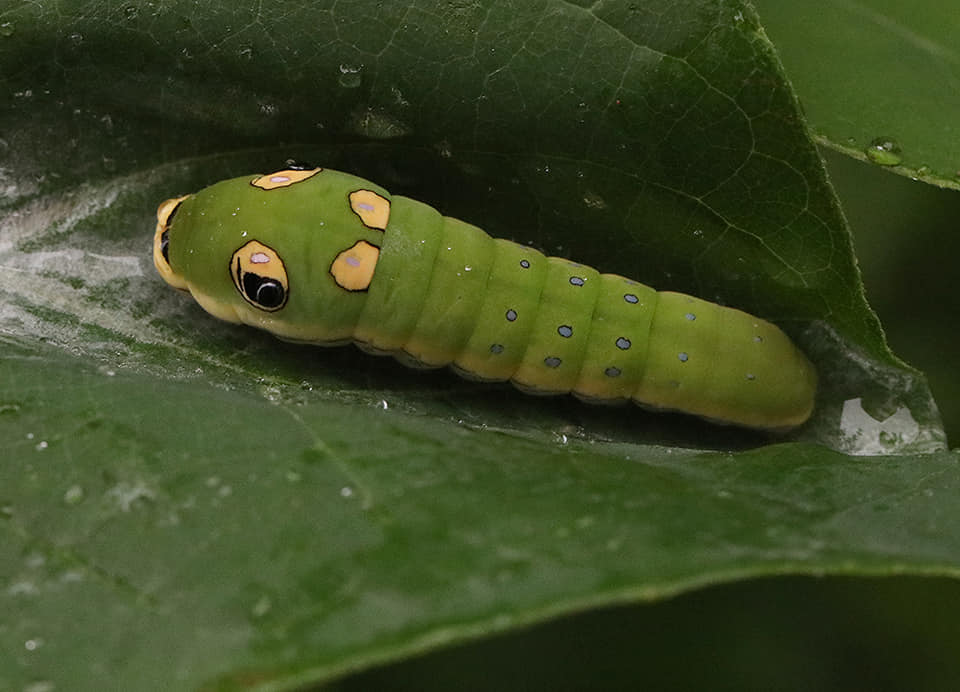Late Spring 2023 Snapshots From Extension’s Pollinator Paradise Garden
go.ncsu.edu/readext?944526
en Español / em Português
El inglés es el idioma de control de esta página. En la medida en que haya algún conflicto entre la traducción al inglés y la traducción, el inglés prevalece.
Al hacer clic en el enlace de traducción se activa un servicio de traducción gratuito para convertir la página al español. Al igual que con cualquier traducción por Internet, la conversión no es sensible al contexto y puede que no traduzca el texto en su significado original. NC State Extension no garantiza la exactitud del texto traducido. Por favor, tenga en cuenta que algunas aplicaciones y/o servicios pueden no funcionar como se espera cuando se traducen.
Português
Inglês é o idioma de controle desta página. Na medida que haja algum conflito entre o texto original em Inglês e a tradução, o Inglês prevalece.
Ao clicar no link de tradução, um serviço gratuito de tradução será ativado para converter a página para o Português. Como em qualquer tradução pela internet, a conversão não é sensivel ao contexto e pode não ocorrer a tradução para o significado orginal. O serviço de Extensão da Carolina do Norte (NC State Extension) não garante a exatidão do texto traduzido. Por favor, observe que algumas funções ou serviços podem não funcionar como esperado após a tradução.
English
English is the controlling language of this page. To the extent there is any conflict between the English text and the translation, English controls.
Clicking on the translation link activates a free translation service to convert the page to Spanish. As with any Internet translation, the conversion is not context-sensitive and may not translate the text to its original meaning. NC State Extension does not guarantee the accuracy of the translated text. Please note that some applications and/or services may not function as expected when translated.
Collapse ▲In late 2008, I planted a demonstration pollinator garden at Chatham Mills to provide forage from early spring to late fall for pollinators such as honey bees, native bees, butterflies, flower flies, hummingbirds, beetles, and other beneficial insects. The garden features over 225 unique species of perennials, 85% of which are native to North Carolina. The garden is a great teaching tool that I use to conduct workshops and tours for hundreds of folks each year. It has taught me so much and I enjoy sharing this knowledge with others. Below you can see photos of the pollinator garden from mid-May through mid-June. There were over 60 species in bloom in mid-June!
Register for a Summer Tour of the Pollinator Paradise Garden.

Everyone is loving the ‘Flamethrower’ redbud we planted in the fall of 2021 to replace the dying Japanese Zelkova tree, myself included! I planted some fall blooming Liatris with it plus dwarf indigo bush and the towering rattlesnake master. Photo by Debbie Roos.

Well-established white wild indigo plants can have up to 100 flower stalks! Photo by Debbie Roos.

Leafcutter bee on white wild indigo. Photo by Debbie Roos.

Bumble bee on ornamental oregano with lanceleaf blanketflower. Photo by Debbie Roos.

Oakleaf hydrangeas and New Jersey tea with mountain mint in the foreground. Photo by Debbie Roos.

Brown-belted bumble bee on New Jersey tea. Photo by Debbie Roos.

Mating zebra longhorn beetles on yarrow. Photo by Debbie Roos.

Seven-spot lady beetle larva and adult feeding on oleander aphids. Photo by Debbie Roos.

Indian pink likes part shade so does well in a woodland area. Photo by Debbie Roos.

Foxglove beardtongue, purple coneflower, and Carolina lupine. Photo by Debbie Roos.

American lady butterfly on purple coneflower. Photo by Debbie Roos.

Bumble bee on ‘Grosso’ lavender. Photo by Debbie Roos.

Oh joy, shouted the bumble bees, the St. John’s wort is blooming! Photo by Debbie Roos.

The bumble bees and leafcutter bees love the bi-color blooms of goatsrue. Photo by Debbie Roos.

Assassin bug feeding on a convergent lady beetle on milkweed. Photo by Debbie Roos.

Male brown-belted bumble bee on coneflower. Photo by Debbie Roos.

Luna moth hanging out on Georgia aster. Photo by Debbie Roos.

Carpenter-mimic leafcutter bee (male) on butterfly weed. Photo by Debbie Roos.

Dwarf indigo bush and lemon bee balm. Photo by Debbie Roos.

Honey bee on dwarf indigo bush. Photo by Debbie Roos.

Pale purple coneflower with nodding onion. Photo by Debbie Roos.

Syrphid fly on coneflower. Photo by Debbie Roos.

Spicebush swallowtail caterpillar on spicebush. Photo by Debbie Roos.

Bumble bee on purple milkweed. Photo by Debbie Roos.

Bumble bee on basil bee balm. Photo by Debbie Roos.


